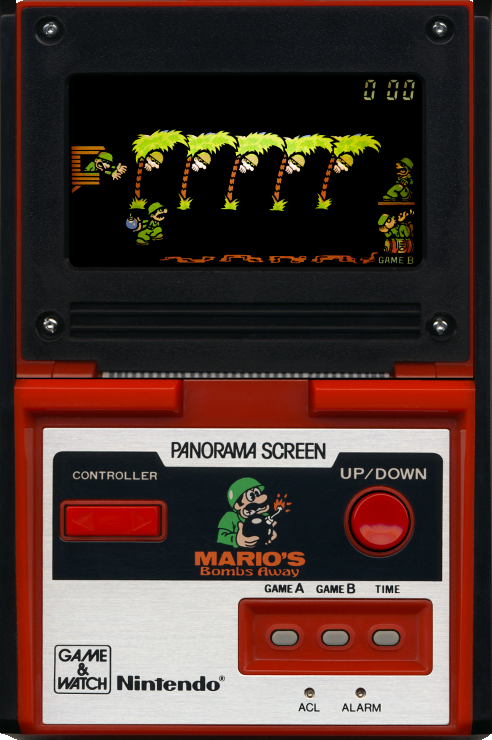

Bu çalışmanın amacı teknolojinin gelişmesi ile günümüz dünyasının en büyük eğlence sektörlerinden biri haline gelen video oyun sektöründe yer almış olan Nintendo ve Sega firmalarının 1980 ve 2000 yılları arasında uyguladığı pazarlama faaliyetlerini marka yaşam döngüsü kapsamında tarihsel bir bakış açısı ile incelenmesidir. Günümüzde 159 milyar dolarlık pazar hacmi ile video oyun sektörü, eğlence sektörlerinin en büyüklerinden biri olarak yer almaktadır. Özellikle video oyunlar tüketicilerin kendi benliklerini şekillendirdiği boş zaman aktivitelerinin başında gelmektedir.

By contrast, multihoming to mobile devices is most beneficial early on.ĭijitalleşmenin artması ile birlikte tüketicilerin de boş zamanlarında yaptıkları aktivitelerde değişiklikler olmuştur.
#Panorama video ku uk game software
Software quality and console age moderate these relationships, with negative spillovers from multihoming to previous-generation consoles being rooted in lower-quality games and games released later in the console’s lifecycle.

Whereas multihoming to previous-generation consoles cannibalizes focal console sales, multihoming to mobile devices exerts complementary effects. This study investigates multihoming to distal markets in the seventh and eighth game console generations. In the video game console industry, these include previous-generation consoles, handhelds, or mobile devices.

While publishers benefit from releasing software across multiple platforms to tap a greater market, platform manufacturers often seek exclusive release to differentiate from competitors.Research has examined such software multihoming across competing platforms of the same technology generation (i.e., the proximal market) however, publishers increasingly multihome software to platforms in distal markets.
#Panorama video ku uk game driver
Steady software supply is a crucial driver of platform sales. Implication and extensions of the models are discussed, and their real-life application is also presented in the study. Another mathematical model is also proposed for pricing the products differently for each customer according to their psychological player profile as if the decision-maker prefers such a pricing strategy. In the second stage, a mathematical model is used to price for obtaining the maximum profit for the company. The first stage is an enumeration of all sixteen alternatives of pricing strategies for four products which are game, in-game boost-ups, cosmetics and advertisements, and expert decision to choose among those alternatives which would fit to the concerned mobile game. This study outlines a two-staged decision process for deciding which products should be priced and how much they should be charged for every customer. These products can be grouped into four which are the game itself, cosmetic products, in-application purchases, and advertisements or product placements during the gameplay. This sector is rapidly growing in terms of the number of companies, employees, games, and financial income however, this situation increases the competition and companies in this sector survive as if they succeed a sustainable profit from the game by selling their products or services. Mobile gaming industry is one of those sectors with the technological developments of personal mobile devices. In the technology era, new sectors, occupations, and products or services related to technology arise.


 0 kommentar(er)
0 kommentar(er)
